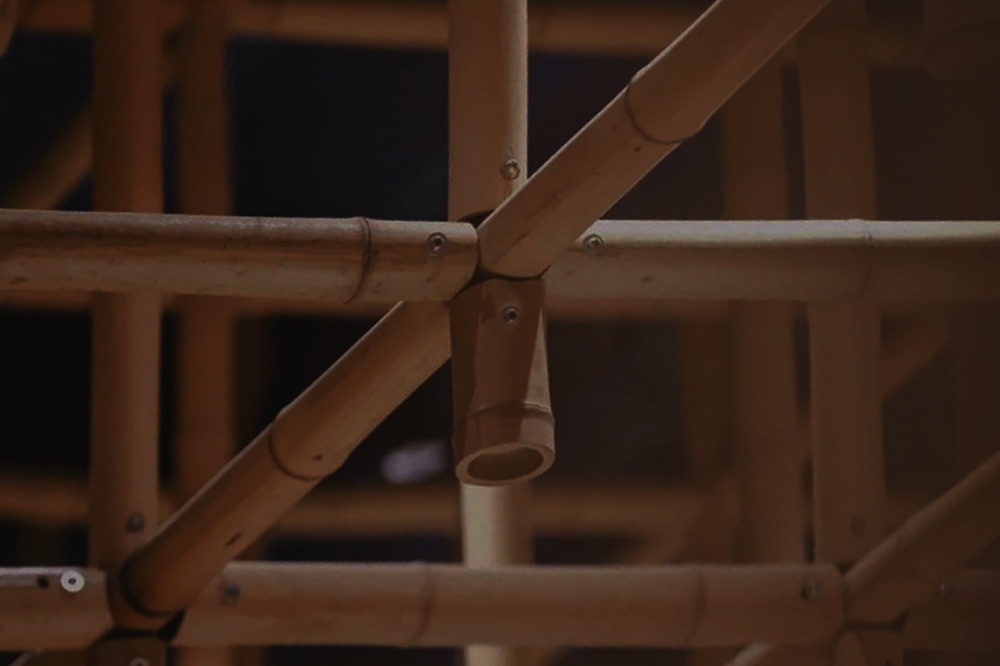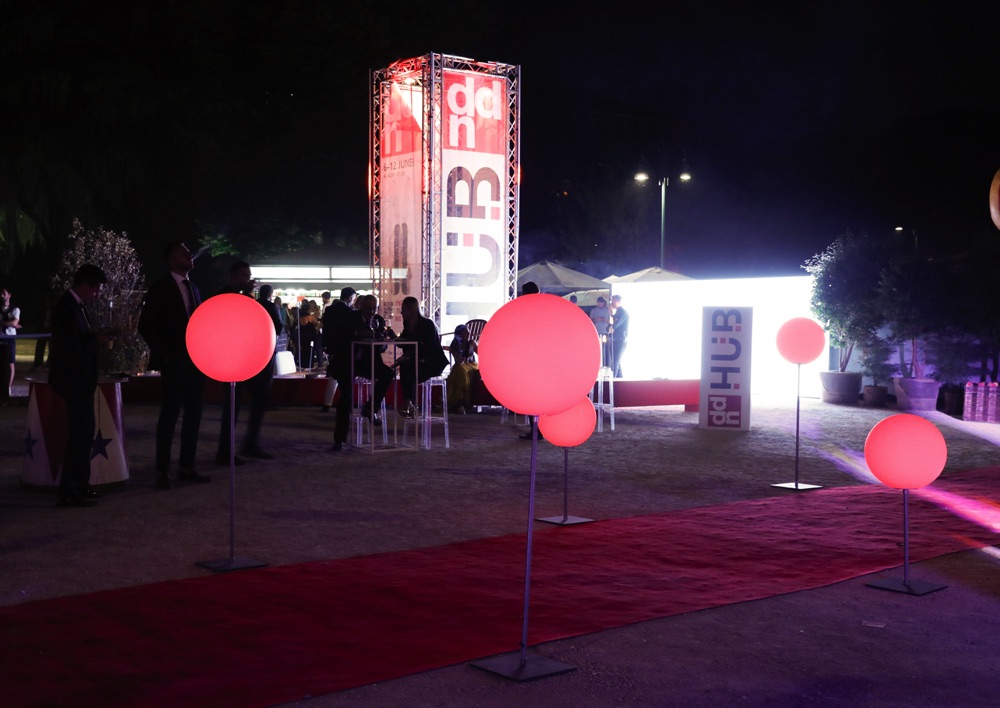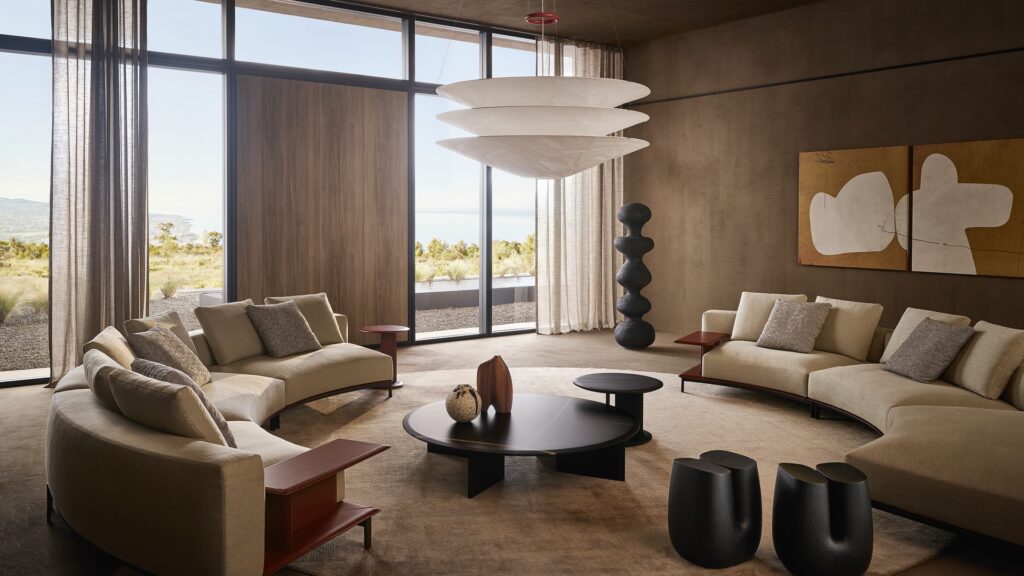A demountable and transportable bamboo architecture: this is the Camerich pavilion at CIFF Shanghai 2022, designed by Neri & Hu
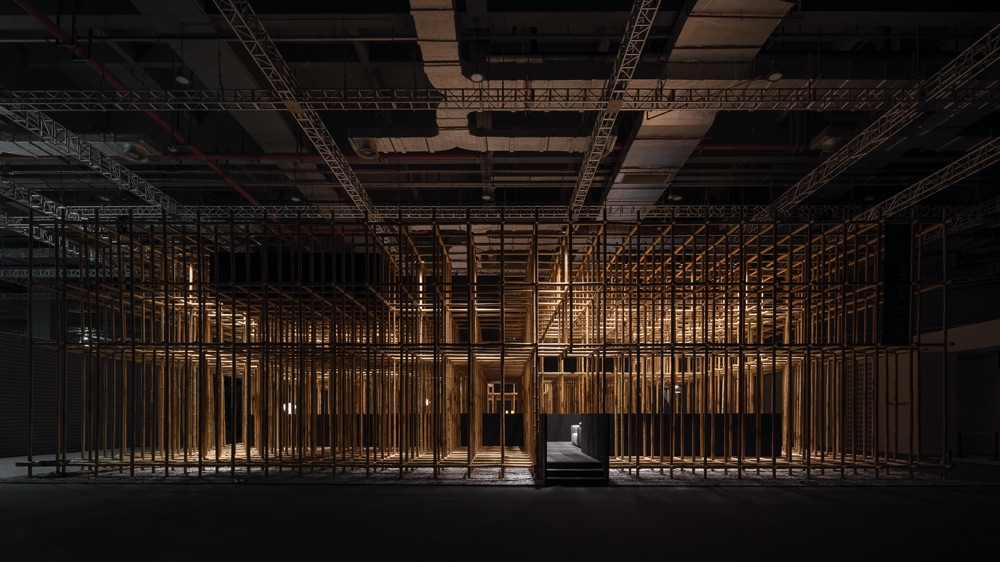
The Camerich pavilion at CIFF Shanghai, designed by Neri & Hu, offers several narrative plans. The first and most obvious is the transportable and demountable architecture. A lattice of more than 1,000 bamboo canes defines a space in which the visitor moves freely. The structure is virtually infinitely replicable, so it can be expanded or shrunk as needed. Moreover, bamboo is a particularly sustainable wood, grows quickly and is suitable for many processing techniques.
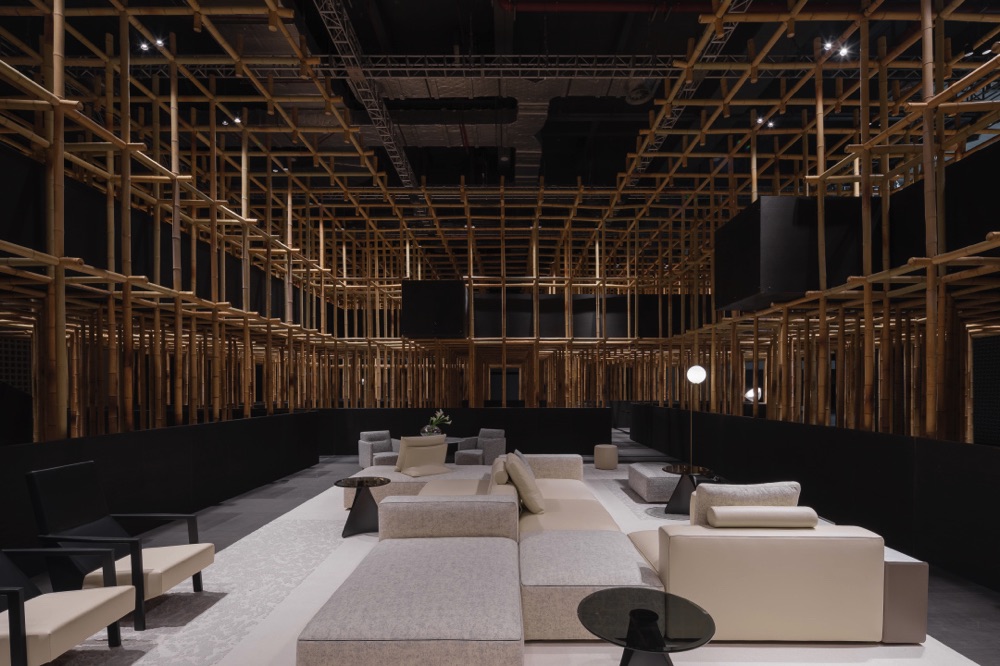
The bamboo structure creates a pavilion with a circumscribed perimeter, accessed through a small entrance. The path is divided into a sequence of corridors and islands with furniture. Camerich furnishings – armchairs, sofas, beds, tables, and chairs, including designs by Alvaro Siza – are freely arranged in the islands, without platforms that could distance them from the visitors. Visitors are in fact invited to interact with the products, both to see them up close and to create real domestic settings reminiscent of a real home.
Discover Alvaro Siza’s Camerich Pavilion
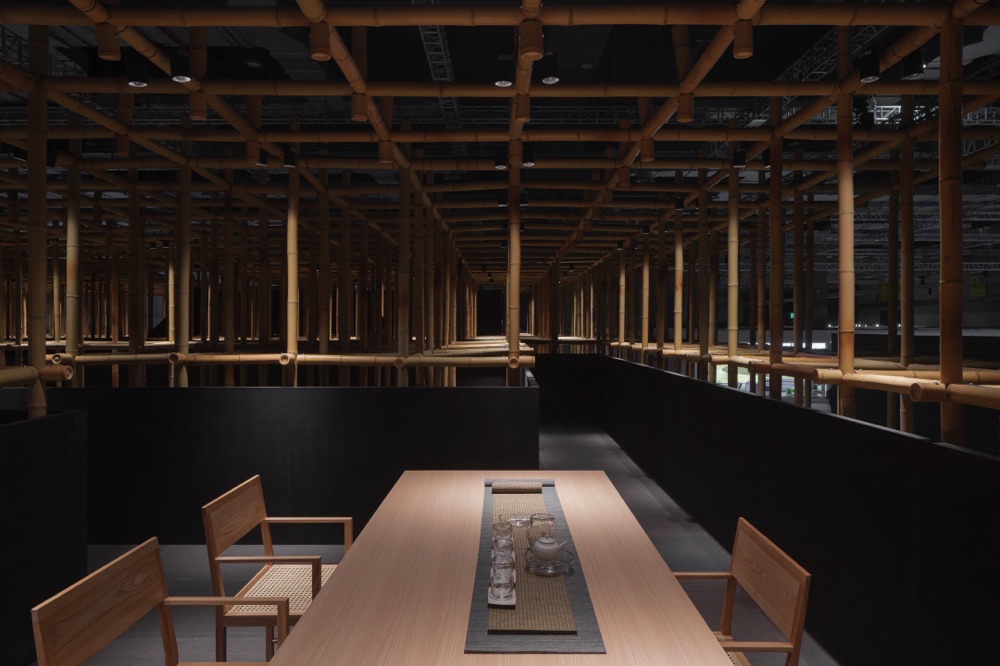
Thanks to presence of people, the spaces become authentic rooms, going beyond the concept of exhibition. Some rooms allow visitors to enter and see the furniture up close, others are closed and can be seen only from the outside. In this way the project expresses the concepts of closed/open and chaos/sanctuary, while the structure is a harmonious synthesis of nature and artifice.
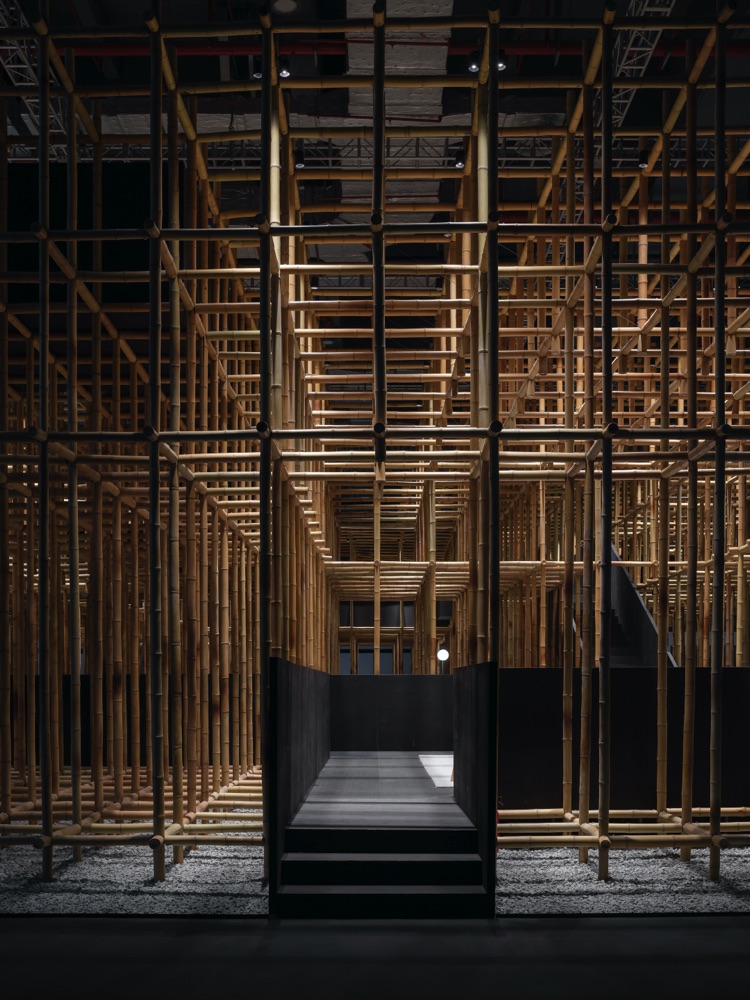
Neri & Hu’s bamboo is demountable and reusable
Structural Field, the bamboo structure designed by Neri & Hu for Camerich in Shanghai, is specially designed to be disassembled, transported, and reassembled for another exhibition. The bamboo canes are modular and assembled with special joints that have been specially designed to facilitate assembly and disassembly. Steel plates and dovetail joints make it possible to build a structure that is lightweight and flexible, yet strong and durable; a synthesis of traditional craftsmanship and contemporary technology.
